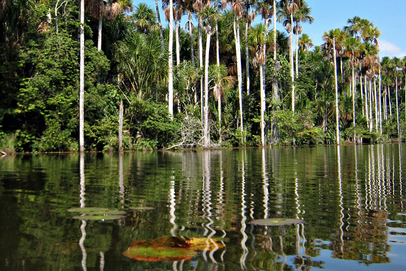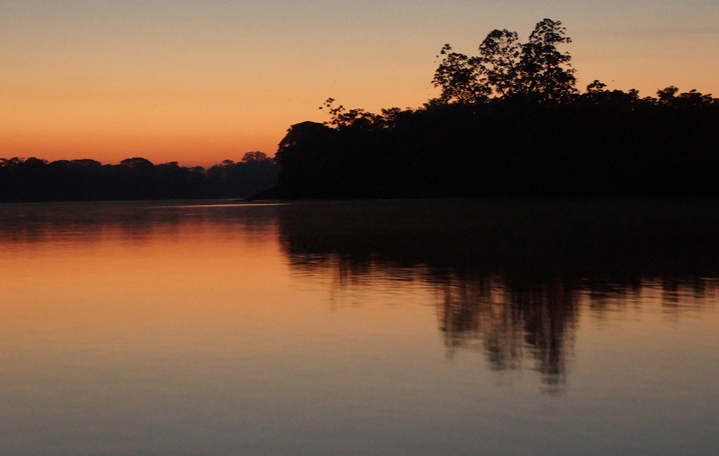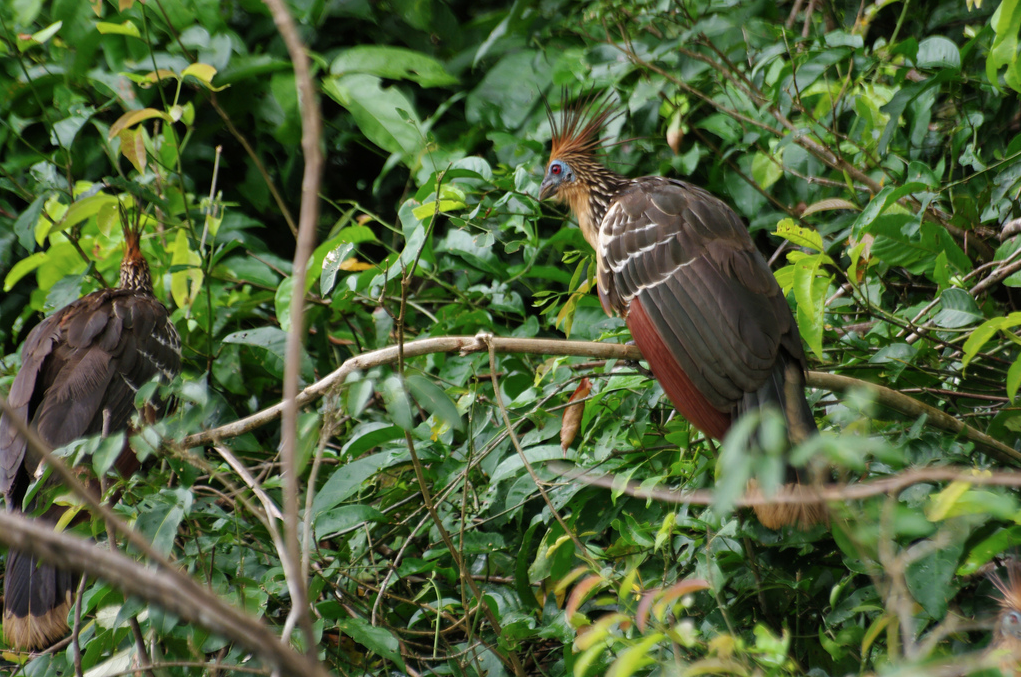05/11/2015
Madre de Dios, located in the south east of Peru, is a low-lying Amazon playground of the fauna and flora that dance along the riverbank. Situated on the border of Bolivia and Brazil, the river spans an incredible 655km. Not only is it a reserve for tropical birds, but it is also a place of refuge for an abundance of endangered species including the black caiman, a variety of different monkeys: howler monkey, squirrel monkey, titi monkeys, the capybara or tapir, the largest rodent in the world, the aguti and giant otters.

Flickr Image Courtesy of Filipe Fortes http://bit.ly/1NxTmsQ
Due to the area’s remoteness, the nearest road is from the Peruvian cities of Puerto Maldonado, the capital of Madre de Dios, and Cusco, 510km away in the Cusco Region. For those looking to “commute”, sailing the wide rivers is the best way to travel from town to town, meandering down stream to the sound of the soothing water and songs of tropical bird. Inkaterra embraces the magical location and offers guests the opportunity to experience the enchanting and peaceful side of the rainforest with a 45 minute boat trip along the river.

Inkaterra supports the conservation of the Madre de Dios region and promotes ecotourism for the local area, especially with the properties Inkaterra Reserva Amazonica and neighbouring Inkaterra Hacienda Concepción, nestled between the Madre de Dios river’s shores and the Tambopata National Reserve. Since being founded in 1978, Inkaterra Asociación has been researching and fostering the study of the animals in the Inkaterra Ecological Reserve, in the low Madre de Dios region. As a result, they have registered an astounding 150 amphibian and reptile species in the area.

Flickr Images courtesy of Lufonz http://bit.ly/208mf5P
Both properties provide nature enthusiasts with access to one of the world’s most remote and extraordinary tropical environments. Bird watchers (twitchers) are exposed to more than 540 bird species of bird that play mischievously among the dense rainforest, including tanagers, toucans and colourful macaws.

Flickr Image courtesy of Emmanuel DYAN http://bit.ly/1kLEhuk
With its winding and mile wide rivers the Madre de Dios is a tourist attraction and a paradise for biodiversity. For more information, please click here.
27.10.15
